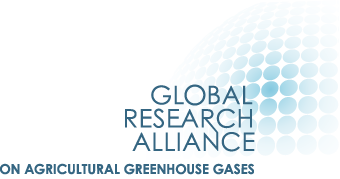Keywords: Livestock population | surveys | interpolation | expert judgement
IPCC Guidance suggests that the livestock population data used should be the annual average population:
Annual average population = days_alive * (number of animals produced annually 365)
Many countries do not report in detail how the number of days alive is estimated for cattle, focusing mainly on the gradual growth of cattle populations over time. For beef finishing cattle, swine and poultry, however, estimation of days alive is more common. Countries use various methods to estimate the annual average population and number of days alive. Some examples include:
Modeling different production stages using expert judgement: Canada’s inventory uses cattle subcategory population data from national statistics (e.g. cows, heifers, steers etc). Each sub-category is then divided into production stages (e.g. background heifers and steers, finishing heifers and steers, short- and long-finish feedlot heifers and steers). The proportion of each subcategory backgrounded or on feedlot, and the duration on feedlots until marketing were estimated using expert judgement elicited through a nationwide survey of livestock experts (see Inventory Practice: Structured elicitation of expert judgement in Canada’s initial Tier 2 inventory). The inventory estimates GE and CH4 emissions per subcategory of animal, considering also the number of days spent in each production stage.
Expert judgement: Croatia’s Tier 2 inventory uses expert judgement from the Faculty of Agriculture at the University of Zagreb estimate the number of days alive for swine and poultry:
Table 1. Livestock categories and days alive estimated to calculate annual average population in Croatia

Source: Croatia NIR 2017
Similarly, South Africa’s inventory uses research that assumed feedlot cattle are kept on the feedlot for 110 days (i.e. assuming 3 cycles per year).
Many countries also adjust emission factors for calves before weaning and consider that enteric fermentation emissions are significant only after weaning. The duration of suckling is mostly determined by expert judgement.
Further Resources
Du Toit CJL, Van Niekerk WA. 2013. Direct methane and nitrous oxide emissions of South African dairy and beef cattle. South African Journal of Animal Science.
Author: Andreas Wilkes, Values for development Ltd (2019)

